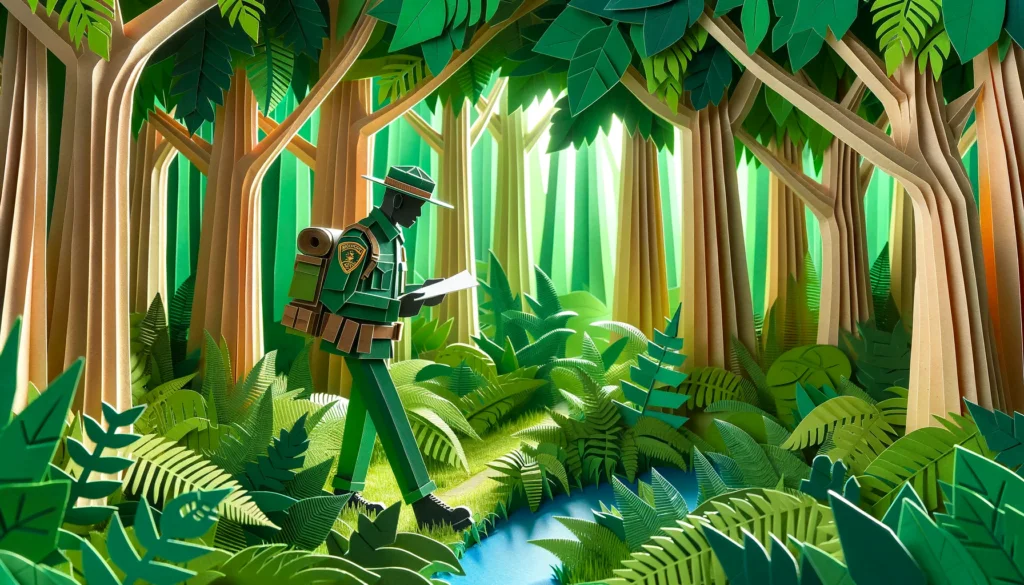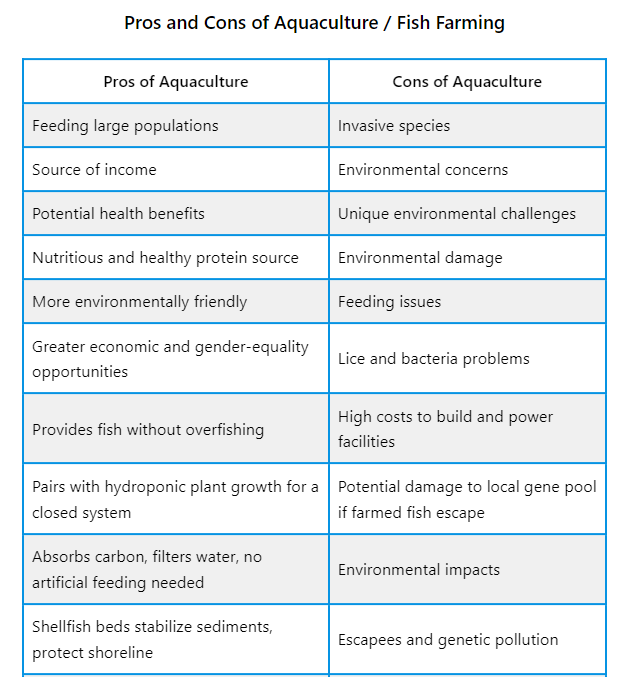The pros of poaching include financial incentives for poachers and traders, but the cons are severe. It leads to species depletion, disrupting ecosystems and endangering wildlife. Communities might see brief economic gains, yet poaching harms local economies and disrupts the food chain. Conservation efforts are challenged, necessitating strict regulations and enforcement. Consider the multifaceted impacts and complexities of poaching to understand the full picture.
Takeaways
- Pros: Generates revenue for poachers and traders, providing short-term financial gains.
- Cons: Depletes species, disrupts ecosystems, weakens genetic diversity, and destabilizes the food chain.
- Pros: Economic incentives are substantial, especially in regions with limited alternative income sources.
- Cons: Harms local economies, strains community relationships, and diverts resources from sustainable activities.
- Pros: Poaching may provide financial gains, but it challenges wildlife conservation efforts and threatens endangered species.
Economic Benefits of Poaching
Poaching, despite its illegal nature, is often associated with economic benefits due to the demand for exotic wildlife products in various markets worldwide. This illicit activity generates revenue for poachers, middlemen, and black-market traders, creating a lucrative industry driven by high demand for products like ivory, rhino horn, and exotic animal skins. The economic incentives of poaching can be substantial, especially in regions where alternative sources of income are limited.
The economic benefits of poaching, however, come at a high cost to wildlife populations and ecosystems. The depletion of certain species due to poaching disrupts the delicate balance of ecosystems, leading to cascading effects on biodiversity.
Additionally, the illegal wildlife trade often involves violence, corruption, and organized crime, further undermining the rule of law and stability in affected regions.
Impact on Endangered Species
The impact of poaching on endangered species extends beyond individual animals to threaten the survival of entire populations and ecosystems. Poaching disrupts the delicate balance of ecosystems by targeting species essential to their functioning, leading to cascading effects on vegetation, prey populations, and predator dynamics. The following table illustrates some of the key impacts of poaching on endangered species:
| Impact on Endangered Species | Description | Example |
|---|---|---|
| Population Decline | Poaching reduces the number of individuals in a species, making recovery challenging. | African elephants have faced a significant decline due to ivory poaching. |
| Genetic Diversity Loss | Killing specific individuals can reduce genetic diversity, weakening the species' resilience. | Tiger populations are threatened by poaching, affecting their genetic variation. |
| Ecosystem Imbalance | Removing a key species can disrupt the entire ecosystem, affecting numerous other species. | Rhino poaching has disrupted the balance in savanna ecosystems. |
Role in Local Communities
When considering the role of poaching in local communities, it is important to examine its impact on the economy, community relationships, and conservation efforts.
Poaching can have both positive and negative effects on the economy, as it may provide income for individuals but can also harm tourism revenue.
Additionally, poaching can strain community relationships and hinder conservation efforts by disrupting ecosystems and endangering wildlife populations.
Impact on Economy
Local communities often find themselves grappling with the economic repercussions of poaching activities. While poaching may provide short-term financial gains for individuals involved, the overall impact on the local economy can be detrimental.
One major consequence is the loss of revenue from ecotourism, as the depletion of wildlife populations due to poaching diminishes the attractiveness of natural areas to tourists. This decline in ecotourism can lead to a significant reduction in income for local businesses that rely on tourism, such as hotels, restaurants, and souvenir shops.
Furthermore, poaching can disrupt the delicate balance of ecosystems, affecting not only wildlife populations but also the livelihoods of communities dependent on natural resources. For instance, overhunting a particular species can destabilize the food chain, leading to cascading effects on agriculture and other industries.
Additionally, the illegal trade of wildlife products can divert resources away from sustainable economic activities, perpetuating a cycle of poverty and environmental degradation in local communities.
Community Relationships
In the context of poaching, the dynamics of community relationships play a pivotal role in shaping the social fabric and sustainable development of local areas. Poaching activities can strain these relationships as they can lead to conflicts between different groups within a community.
For example, tensions may arise between those who rely on poaching for income and those who advocate for conservation and sustainable practices. This can create divisions and disrupt the unity within a community, affecting overall cohesion and cooperation.
On the other hand, fostering positive community relationships can be instrumental in combating poaching. When local communities are actively involved in conservation efforts and benefit from eco-tourism or sustainable alternatives to poaching, a sense of ownership and pride in protecting wildlife and their habitats is instilled.
This not only helps in reducing poaching activities but also promotes a sense of unity and shared responsibility towards environmental preservation. Strengthening community relationships through education, awareness, and inclusive decision-making processes can lead to long-term sustainable development and conservation efforts.
Conservation Efforts
Community engagement is essential for the success of conservation efforts in local areas. Conservation initiatives that involve and benefit local communities are more likely to be sustainable and effective.
Here are three key ways in which conservation efforts play a vital role in local communities:
- Empowerment: By involving local community members in conservation projects, they become empowered to take ownership of their natural resources. This empowerment can lead to increased awareness, participation, and a sense of responsibility towards protecting the environment.
- Livelihoods: Conservation efforts can provide alternative sources of income for local communities, reducing their dependency on activities like poaching that harm wildlife. Sustainable ecotourism, community-based resource management, and environmentally friendly livelihood options can all contribute to improving the economic well-being of local residents.
- Cultural Preservation: Many conservation projects work in collaboration with indigenous communities to preserve traditional knowledge and practices related to the environment. By respecting and incorporating cultural beliefs and practices, conservation efforts can help safeguard both biodiversity and cultural heritage.
Wildlife Conservation Challenges
When considering the challenges in wildlife conservation, it is essential to address the impact of poaching on ecosystems. The decline of threatened species populations and the difficulties in enforcing regulations to protect wildlife are significant obstacles to maintaining biodiversity and ecological balance. Thorough strategies are required to combat the detrimental effects of illegal hunting activities.
Wildlife conservation efforts must focus on addressing these challenges to safeguard the future of vulnerable species and their habitats.
Impact on Ecosystems
The detrimental effects of poaching on ecosystems pose significant challenges to wildlife conservation efforts. Poaching disrupts the delicate balance within ecosystems, leading to cascading impacts on various species and habitats.
Here are three key ways in which poaching affects ecosystems:
- Disruption of Food Chains:
Poaching can result in the overexploitation of certain species, causing imbalances in food chains. For example, the excessive hunting of a predator species can lead to an increase in the population of its prey, which in turn affects the vegetation consumed by that prey.
- Loss of Biodiversity:
The targeted poaching of specific species can lead to a decline in their populations, affecting the overall biodiversity of an ecosystem. This loss can have far-reaching consequences, including reduced resilience to environmental changes and a decrease in ecosystem services.
- Altered Ecosystem Dynamics:
Poaching can alter natural ecosystem dynamics by removing key species. This disruption can trigger a chain reaction of negative effects, such as habitat degradation, increased competition among species, and even ecosystem collapse in severe cases.
Threatened Species Populations
Due to poaching activities, the populations of threatened species encounter significant challenges with wildlife conservation efforts. Poaching, driven by illegal wildlife trade and habitat destruction, poses a severe threat to the survival of many species on the brink of extinction.
Species such as elephants, rhinos, tigers, and pangolins face heightened risks as poachers target them for their tusks, horns, skins, and scales.
The decline in populations of these threatened species disrupts the delicate balance of ecosystems, leading to cascading impacts on biodiversity and overall environmental health. As these species play vital roles in their respective habitats, their dwindling numbers can have far-reaching consequences on other flora and fauna, ultimately affecting the ecosystem's stability.
Conservationists and wildlife organizations are actively engaged in implementing strategies to protect threatened species from poaching activities. These efforts include anti-poaching patrols, community education programs, habitat restoration initiatives, and collaboration with law enforcement agencies to combat illegal wildlife trade.
Despite these measures, the ongoing threat of poaching continues to challenge conservationists in their mission to safeguard the world's endangered species.
Enforcement of Regulations
Enforcing regulations to combat illegal poaching remains an essential aspect of wildlife conservation efforts amidst the persistent challenges faced by threatened species populations. Effective enforcement is vital in deterring poachers and safeguarding vulnerable wildlife.
However, several obstacles hinder the successful implementation of these regulations:
- Resource Constraints: Insufficient funding and limited manpower often hamper the enforcement agencies' ability to patrol vast areas effectively. This shortage of resources can lead to gaps in monitoring and enforcement, allowing poachers to exploit these weaknesses.
- Corruption: Corruption within enforcement agencies can undermine conservation efforts by enabling poachers to operate with impunity. Bribery and collusion with illegal wildlife trade networks can compromise the integrity of regulations and facilitate poaching activities.
- Lack of Coordination: Inadequate coordination between different stakeholders, such as government agencies, non-profit organizations, and local communities, can result in disjointed efforts to combat poaching. A lack of synergy and communication may weaken the overall effectiveness of regulatory enforcement strategies.
Legal and Ethical Implications
Considering the legal and ethical implications of poaching reveals a complex web of regulations and moral dilemmas. From a legal standpoint, poaching is universally condemned and prohibited by national and international laws. Wildlife protection acts and conventions such as CITES (Convention on International Trade in Endangered Species of Wild Fauna and Flora) aim to safeguard vulnerable species from exploitation. Violating these laws can lead to severe penalties, including fines, imprisonment, and confiscation of assets.
Ethically, poaching raises significant concerns regarding animal welfare, species conservation, and ecological balance. The practice not only threatens the survival of endangered species but also disrupts entire ecosystems. Poachers often employ cruel methods that cause immense suffering to animals, further highlighting the moral reprehensibility of their actions.
Additionally, poaching undermines efforts made by conservationists and wildlife organizations to protect and preserve biodiversity. It also deprives local communities of potential ecotourism revenues that could support sustainable development.
Alternatives to Poaching
Exploring sustainable practices that provide viable alternatives to poaching is imperative in promoting wildlife conservation and safeguarding biodiversity. To combat the detrimental effects of poaching, several alternative approaches can be implemented:
- Community-Based Conservation Programs: Engaging local communities in wildlife conservation efforts can help reduce poaching by providing economic opportunities that are linked to preserving rather than exploiting wildlife. By involving communities in ecotourism, sustainable agriculture, or other conservation-focused activities, the incentive to poach diminishes as livelihoods are improved through conservation practices.
- Strengthening Anti-Poaching Laws and Enforcement: Enhancing legislation related to wildlife protection and enforcing these laws rigorously can act as a deterrent to poaching activities. By increasing penalties for poaching, improving monitoring and surveillance, and working collaboratively with law enforcement agencies, the effectiveness of anti-poaching measures can be significantly enhanced.
- Promoting Education and Awareness: Educating the public, especially younger generations, about the importance of wildlife conservation and the impacts of poaching is essential. By raising awareness through educational campaigns, workshops, and outreach programs, individuals can develop a greater sense of responsibility towards protecting endangered species and their habitats.
Frequently Asked Questions
How Does Poaching Affect the Overall Ecosystem?
Poaching, the illegal hunting of wildlife, disrupts the delicate balance of ecosystems by depleting populations of key species. This depletion can lead to cascading effects, affecting biodiversity, food chains, and overall ecosystem health.
What Are the Long-Term Consequences of Poaching on Biodiversity?
Poaching's long-term consequences on biodiversity can be devastating, leading to the decline or extinction of species, disrupting ecosystems, and destabilizing food chains. Conservation efforts are essential to mitigate these impacts and preserve global biodiversity.
Do Poachers Target Specific Animal Species More Than Others?
Poachers often target specific animal species more than others due to factors such as demand in illegal wildlife trade, rarity, and value. This selective hunting can have detrimental effects on ecosystems and biodiversity.
How Do Cultural Beliefs Influence Poaching Practices?
Cultural beliefs play a significant role in shaping poaching practices. They can influence notions of value, tradition, and superstition surrounding certain species, impacting the frequency and intensity of poaching activities within communities that hold such beliefs.
Are There Success Stories of Areas Eradicating Poaching Effectively?
Efforts to eradicate poaching have shown success in various regions through stringent enforcement, community engagement, and conservation initiatives. These strategies, when implemented effectively, have led to a decline in illegal wildlife exploitation and protection of endangered species.
Conclusion
Ultimately, the practice of poaching presents a complex issue with both positive and negative consequences.
While it may provide economic benefits to some individuals and communities, it also threatens the survival of endangered species and challenges wildlife conservation efforts.
The legal and ethical implications of poaching cannot be overlooked, and exploring alternative methods of sustainable resource management is essential for the long-term well-being of our ecosystems.









